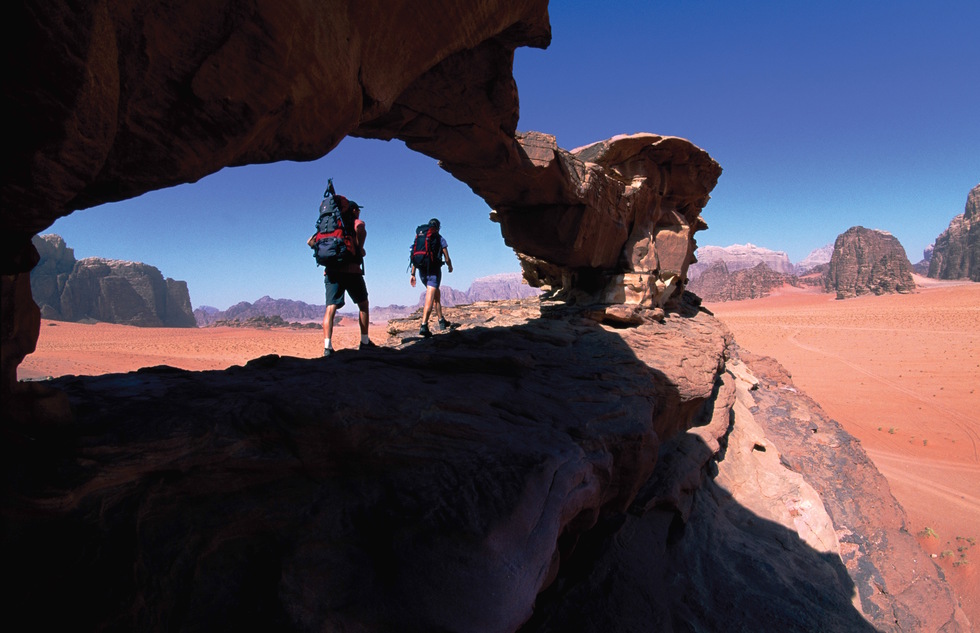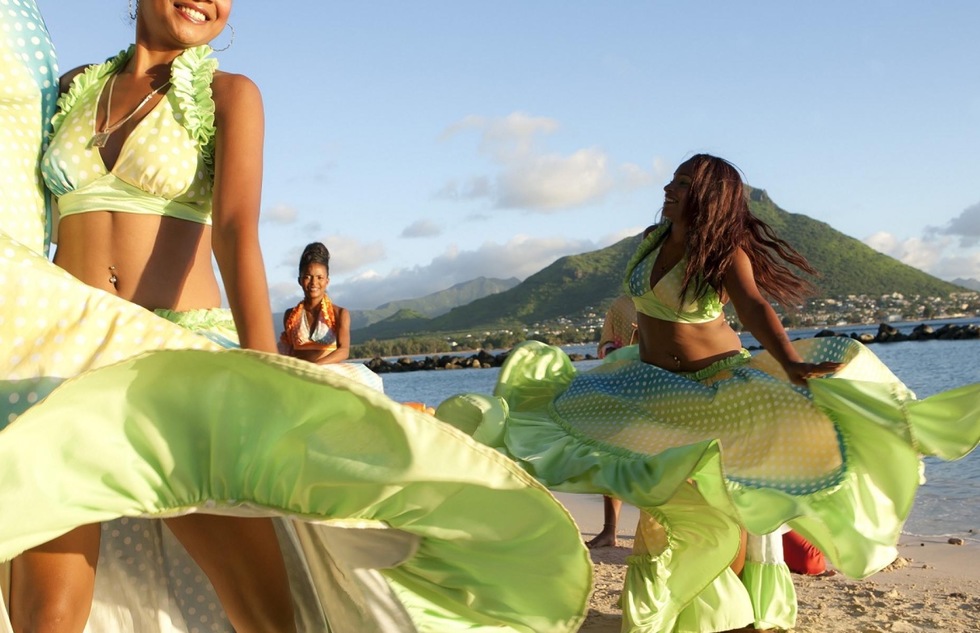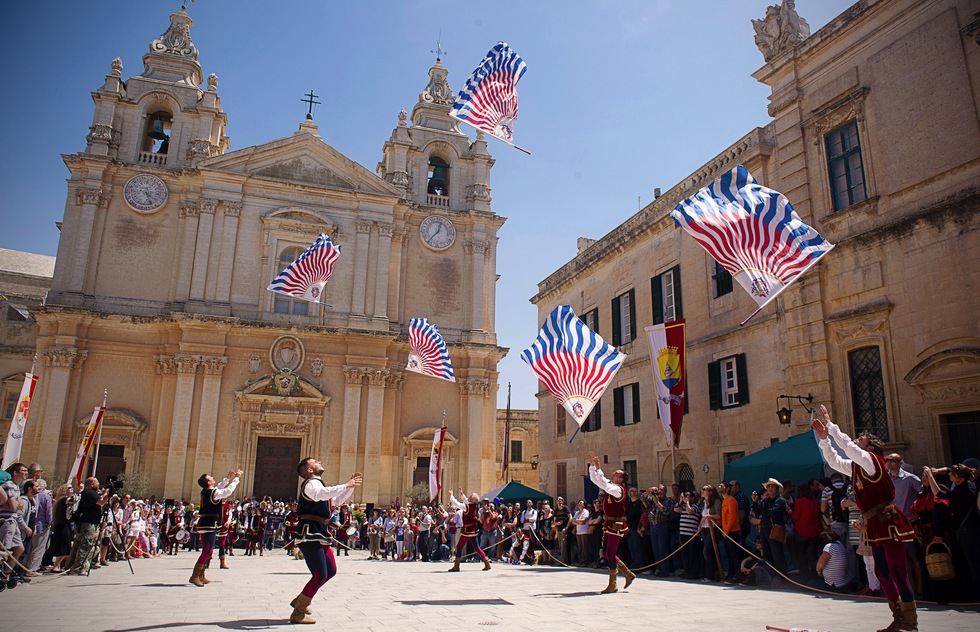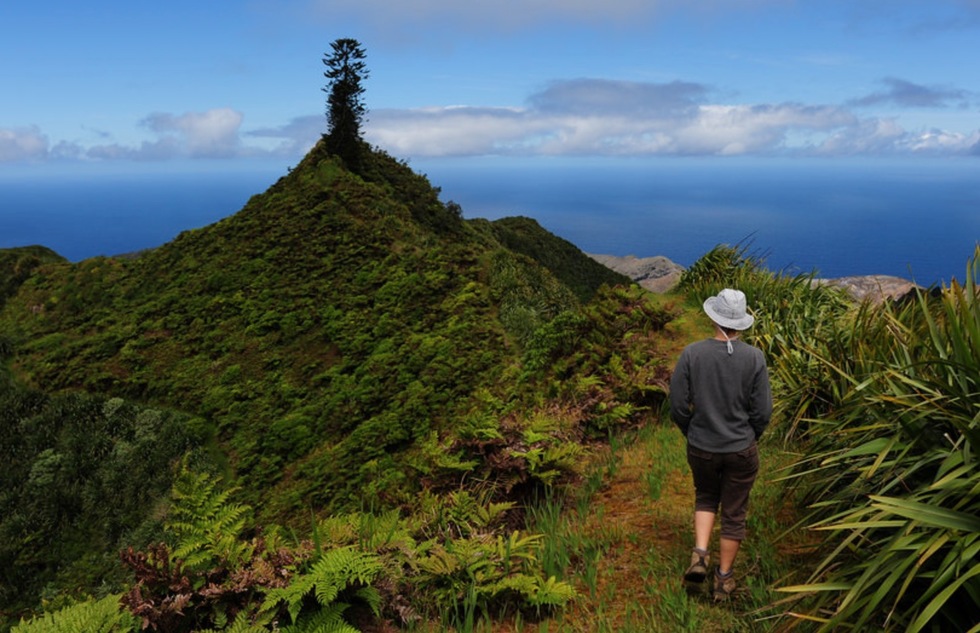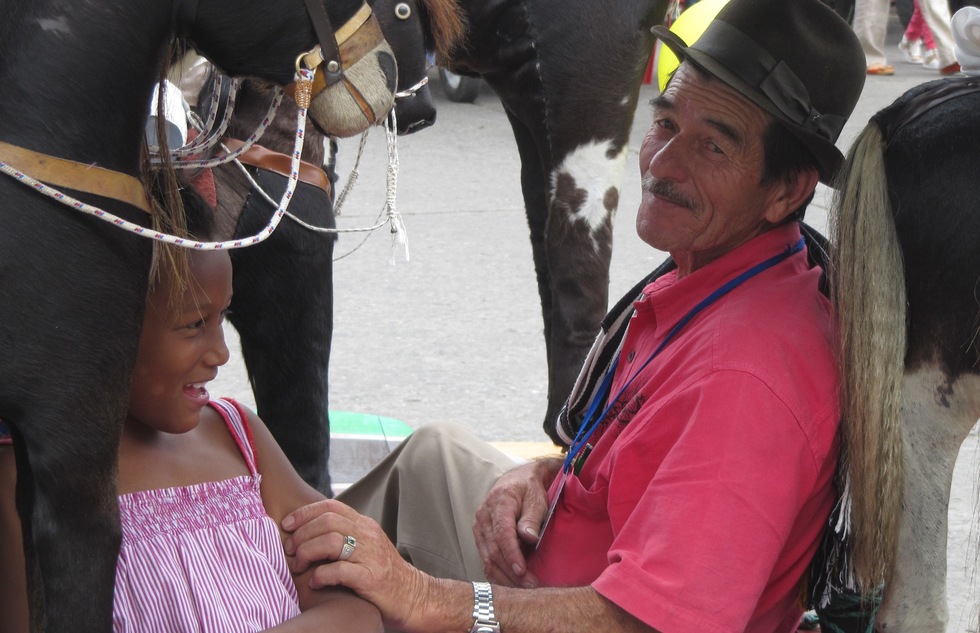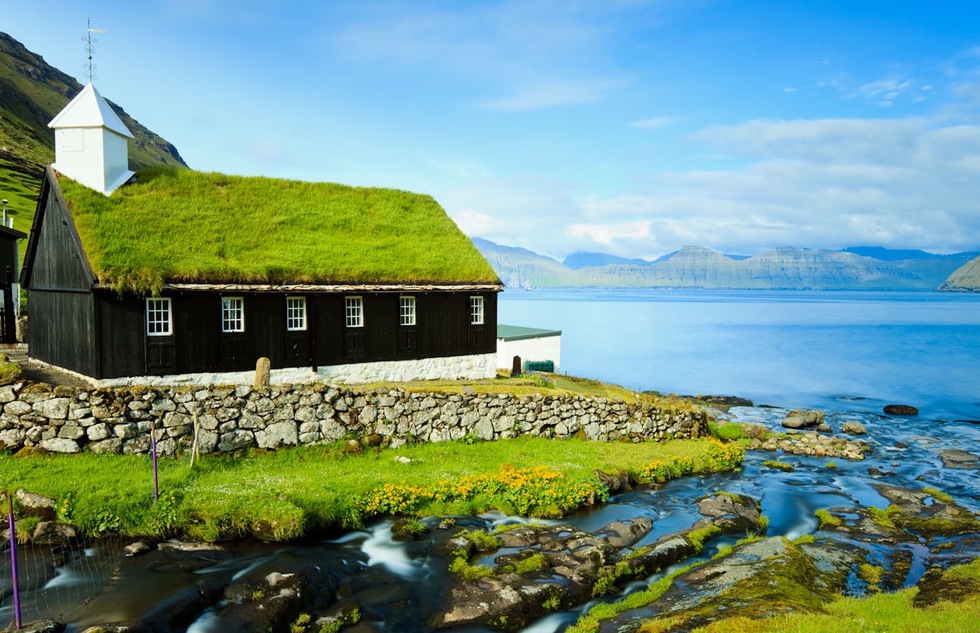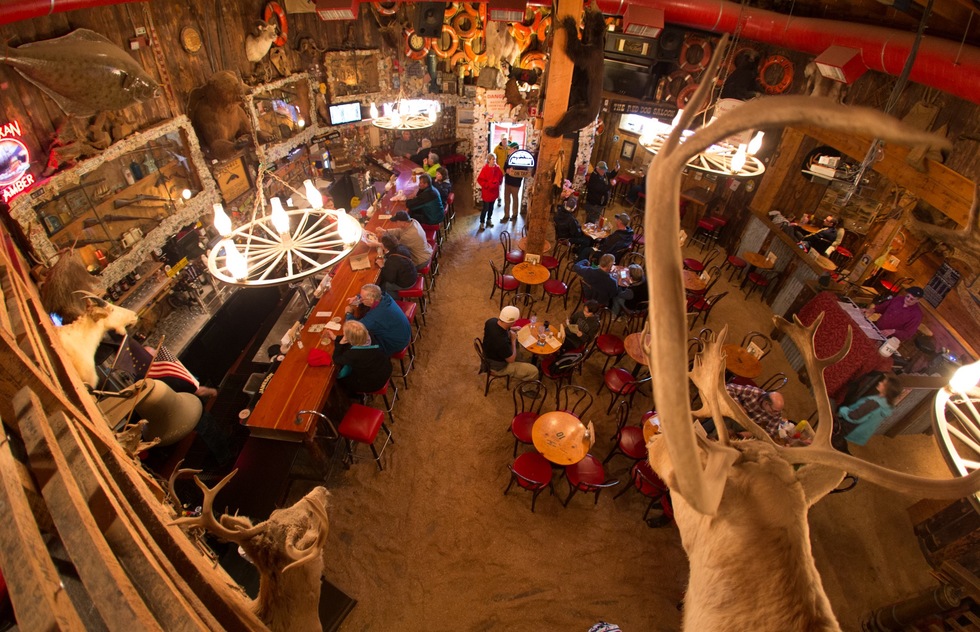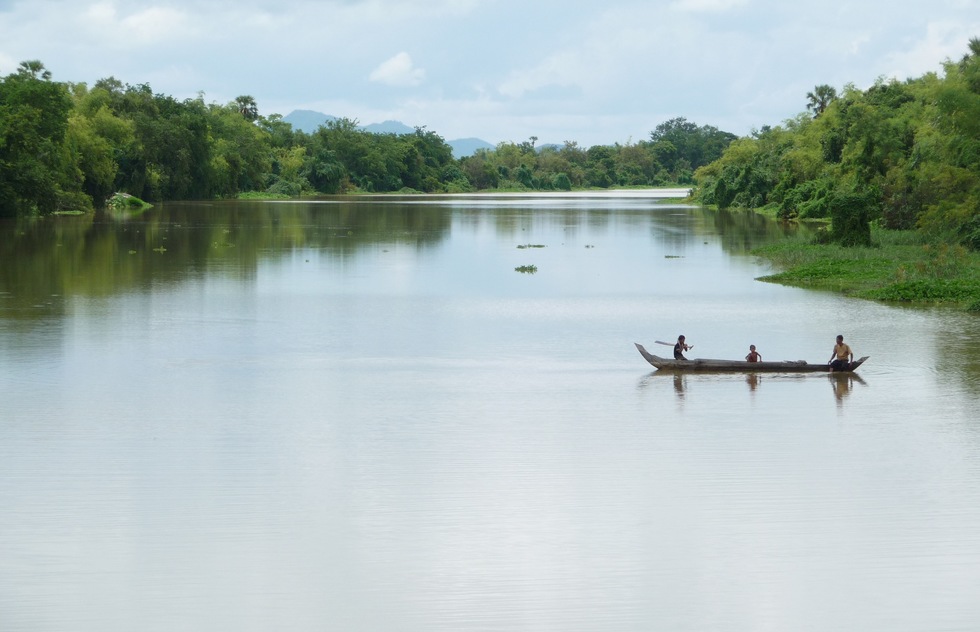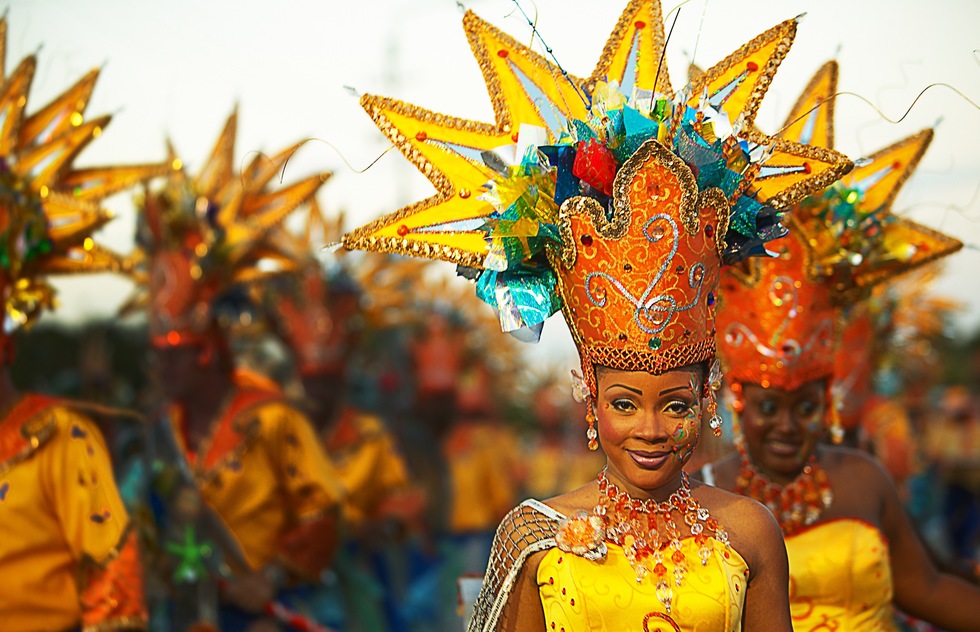Frommer's' Best Places to Go in 2018
By Frommer's StaffEach year, Frommer's confers with its writers and editors from around the world to ask which places should be named as the hot destinations of the year. It's no easy task—but we have our winners. Some places were chosen because 2018 will be a banner year for them, and some were picked because the timing has never been better for a cheap vacation. Some made the list because they're ripe for discovery by a wider audience. And some have been named because they're undergoing tough times and would benefit from more visitors.
With great reluctance, we had to shave a few worthy destinations from our final list of 18 places for 2018, but we'll still be traveling there anyway: There's Montgomery, Alabama, where a new memorial to American lynching is consecrated; the forested Temples of Sambor Prei Kuk of Cambodia, an alternative to Angkor Wat that was just made a UNESCO World Heritage site; the Czech Republic and Slovakia, which are marking a quarter century since the dissolution of Czechoslovakia in the Velvet Divorce; and Florida's Everglades National Park, which has been declared endangered by the United Nations and is in dire need of an ecological turnaround. But we love travel and we always will, so there will always be countless places we think you should go. But we think that 2018 is the best time to discover—or rediscover—these 18 incredible places that will give you the trip of a lifetime. Here they are, in no particular order.
Often overshadowed by the Central American tourism juggernaut that is Costa Rica, Nicaragua is increasingly becoming a vacation hotspot in its own right—especially with every year that puts more distance between the country and its decades of war and violence in the late 20th century. With relative economic stability and a reduction in crime has come a 28% boost in the number of international visits during the first three quarters of 2017. It’s not hard to see what draws those travelers to Nicaragua, less than three hours by plane from Miami: beautiful surfing beaches lined with palm trees; secluded Caribbean islands like Calala and Yemaya, which have luxury resorts that are new or refurbished, respectively; and a lush interior ideal for adventures such as ziplining through jungles, rappelling down waterfalls (pictured above), or even surfing down the side of an active volcano. Despite the tourism boom, crowds remain rare and prices low. At least for now.
The rugged western coast of Ireland isn’t just one of the best places to go in the world; it’s among the best in the galaxy. Just ask the location scouts for Star Wars: The Last Jedi. The latest installment of the iconic space opera uses the dramatic cliffs and crashing waves of the Skellig Islands and along the Wild Atlantic Way—a spectacular drive linking Counties Donegal, Mayo, Clare, and Kerry—as a striking backdrop for another round of lightsaber-waving. County Clare is used to attention; tourists have been flocking to its majestic Cliffs of Moher and the eerie, stony plain known as the Burren for generations. But to walk in the footsteps of Skywalker and company, you’ll need to go a bit south to the far more secluded Loop Head Peninsula, a rocky finger of land pointing into the Atlantic. You don’t have to look hard to find IMAX-worthy scenery at this wild, watery spot, from crescent-shaped Kilkee Beach at one end to the stately lighthouse topping the seaside bluffs at the other.
Germany’s second city, northerly Hamburg, has been on a roll lately, unveiling a series of impressive projects that have given the place a fresh burst of energy. The most exciting developments are centered on HafenCity, a huge new waterfront district with inviting outdoor promenades, trendy restaurants, and the Elbphilharmonie concert hall (or Elphi for short), which looks like waves of glass from the outside and has some of the world’s most advanced acoustics inside. The area also encompasses the historic Speicherstadt, where handsome 19th-century red-brick warehouses now contain quirky attractions such as the Spice Museum and Miniatur Wunderland, an elaborate model railway. HafenCity serves as a lively complement to the city’s elegant side, visible in its blend of soaring church spires and Art Nouveau mansions along the Alster river. But don’t let that give you the impression that Hamburg is stuffy—the Reeperbahn red-light district still has some of the wildest nightlife on the continent.
The Faroe Islands bear a striking resemblance to Iceland—a remote location, otherworldly scenery, lots and lots of sheep. But there’s a crucial difference: Whereas Iceland is reaching the tourism saturation point thanks to cheap U.S.-to-Reykjavik airfares and a horde of proselytizing Instagrammers, the Faroes remain as yet uncrowded and relatively untouched, which is why Iceland lovers are switching their allegiance to here. Floating in the North Atlantic about 450 miles southeast of Iceland (Norway and Scotland are further east and south, respectively), the Danish archipelago comprises 18 rocky islets, many of which are connected by bridges and underwater tunnels for easy access by car. In tiny villages such as Gásadalur and Saksun, you’ll encounter sights of astonishing beauty, including waterfalls, grass-roofed churches, and tidal lagoons encircled by emerald hills. Beyond having a picturesque harborfront with wooden boats bobbing alongside Skittles-colored buildings, the territory’s capital city, Torshavn, is also home to Koks restaurant, an important player in avant-garde Nordic cuisine incorporating local ingredients like sea urchin and fermented lamb.
Those who visit Alaska's capital city—perhaps by way of the many cruise ships that make stops here—will find several new reasons to linger a while before heading into the surrounding wilderness. An ongoing waterfront development has made downtown more walkable and bikable, and the recently renovated Alaska State Museum offers a rich portrait of the region’s native peoples, Russian and U.S. historical eras, art, and natural wonders. Juneau’s burgeoning culinary scene ranges from food trucks selling fish tacos to sleek restaurants like Salt, where chef Lionel Uddipa creates the sort of innovative dishes that helped him win 2017’s Great American Seafood Cook-Off. Pictured here is longtime favorite Red Dog Saloon. Then, of course, there's the city's perennial selling point: some of the most spectacular scenery in the Western Hemisphere. Sandwiched between the Gastineau Channel and imposing peaks (including Mount Roberts, which you can scale partway via tram), Juneau is a gateway to outdoor explorations that culminate in gobsmacking panoramas of mountains and glaciers as well as closer glimpses of black bears or humpback whales.
Did this list give you some travel inspiration? Check out Frommer's' choices in some of our previous Best Places lists: 2014, 2015, 2016, and 2017.





